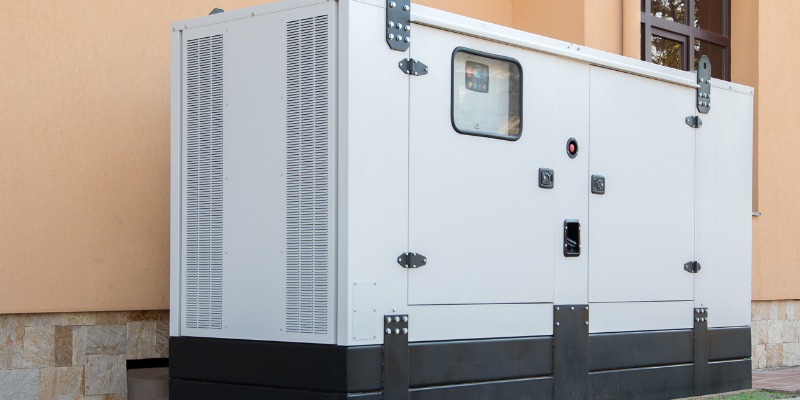Using a generator during a power outage is a great way to keep your business safe and functional, as long as you’re using the generator safely. Therefore, it’s essential to know ahead of time what you need to do before, during, and after turning your backup generator on.
